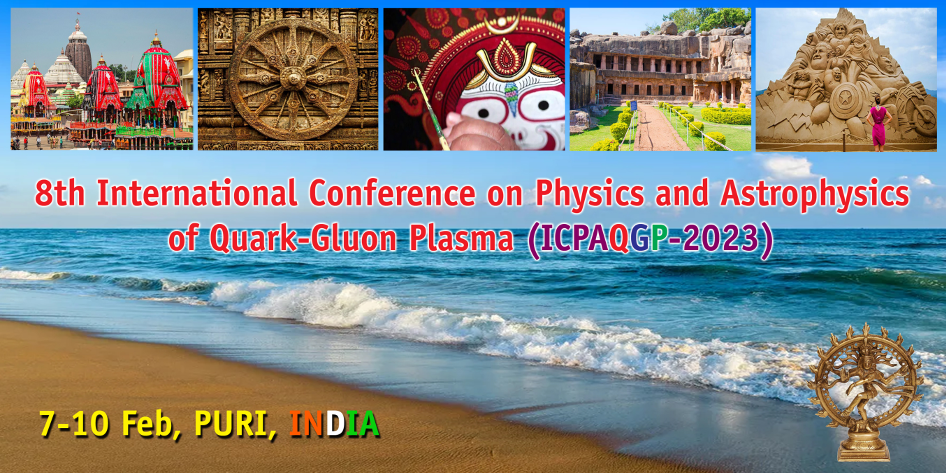Speaker
Description
Proving the hypothesis on the possible existence of various baryon-rich exotic QCD phases in the core of a pulsar remains a challenge. We suggested a technique of probing the phases by studying the effects of phase transition induced density fluctuations on pulse profile modulation. Such density fluctuations cause the initial moment of inertia tensor of an oblate shape pulsar (with the pulsar deformation parameter $\eta$) to get random additional contributions for each component. These contributions are assumed to be Gaussian distributed with certain width characterized by the strength of density fluctuations $\epsilon$. Using sample values of $\epsilon$ and $\eta$, we solve Euler's equations for the rotational dynamics of the pulsar to observe the effects of wobbling through the modifications of pulse profiles. Our results show a specific pattern in the perturbed pulses, which are observable in modulations of pulses over a large period. Once the density fluctuations fade away, leading to a uniform phase in the interior of the pulsar, the off-diagonal components of the MI tensor also
vanish, eventually causing the wobbling of the pulsar to die away. This feature allows one to distinguish these transient pulse modulations from the effects of any initial wobbling. Since the decay of these modulations in time is directly related to the relaxation of density fluctuations in the pulsar, it gives valuable information about the nature of phase transition occurring inside the pulsar.

